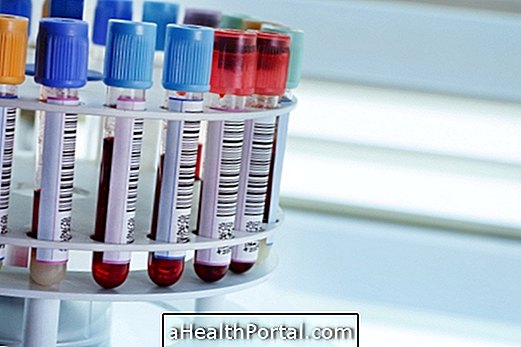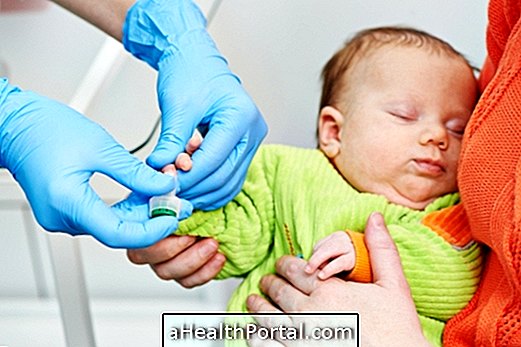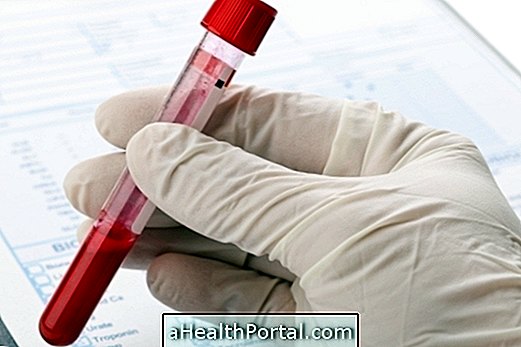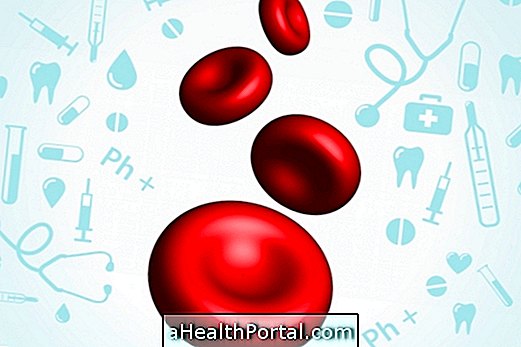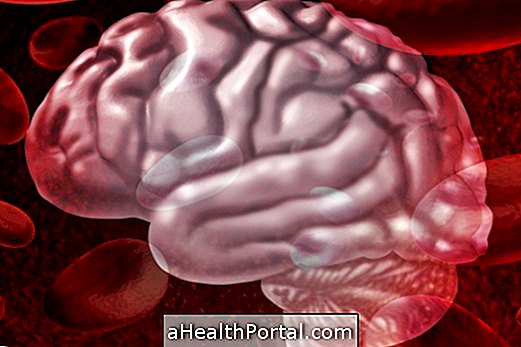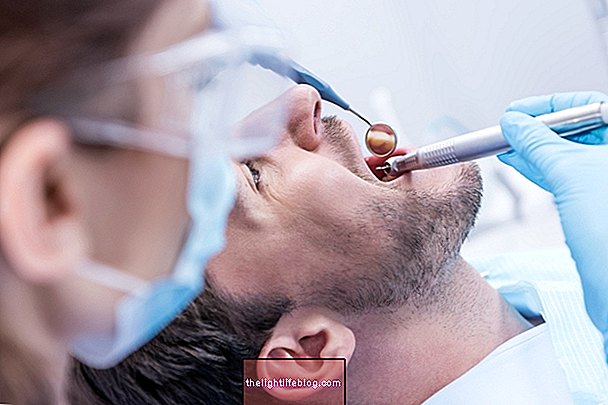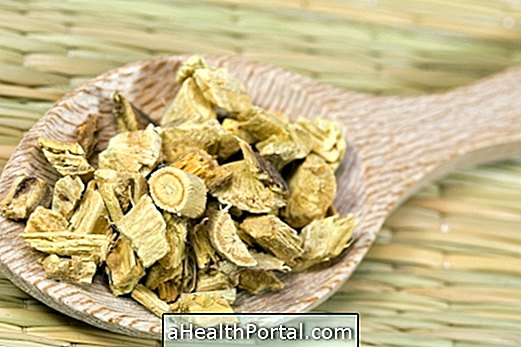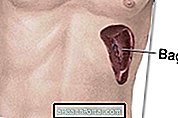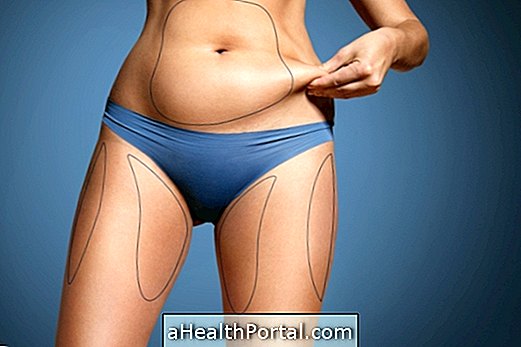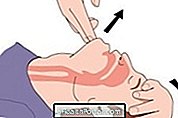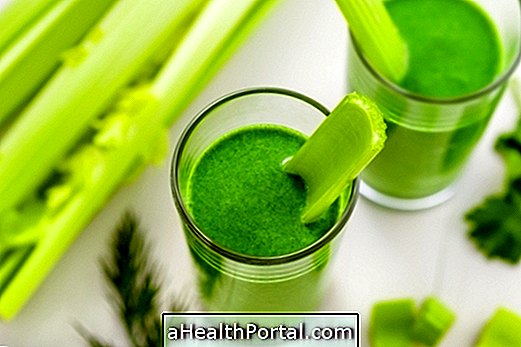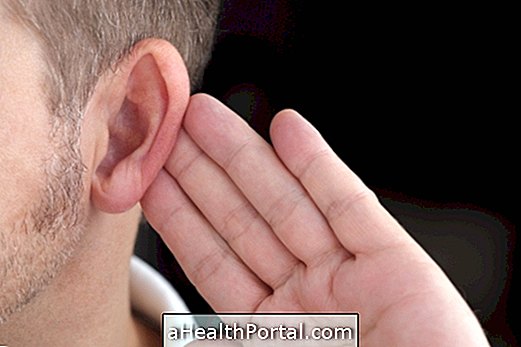Hemoglobin, or Hb, is a component of red blood cells and has the primary function of transporting oxygen to tissues. Hb consists of the heme group, which is formed by iron, and globine chains, which can be alpha, beta, gamma or delta, resulting in the main types of hemoglobin, such as:
- HbA1, which is formed by two alpha chains and two beta chains and is present in higher concentration in blood;
- HbA2, which is formed by two alpha chains and two delta chains;
- HbF, which is formed by two alpha chains and two gamma chains and is present in higher concentrations in newborns, their concentration decreasing according to development.
In addition to these major types, there are still Hb Gower I, Gower II and Portland, which are present during embryonic life, with a decrease in their concentration and increase in HbF as birth approaches.
There are also some variant or abnormal hemoglobins that may be present due to structural or functional changes in hemoglobin, and may indicate some diseases, such as sickle cell anemia and thalassemia, for example. Therefore, it is important to perform hemoglobin electrophoresis, in addition to other tests, to check the possibility of hemoglobin synthesis related diseases. Understand how hemoglobin electrophoresis is done.
The concentration of hemoglobin in the red cell can be measured by conventional blood test, the blood count, or by means of a rapid measuring device similar to the diabetes apparatus. According to the amount of hemoglobin present in the erythrocyte and with the result of the other hematological examinations, it is possible to know the general state of health of the person.
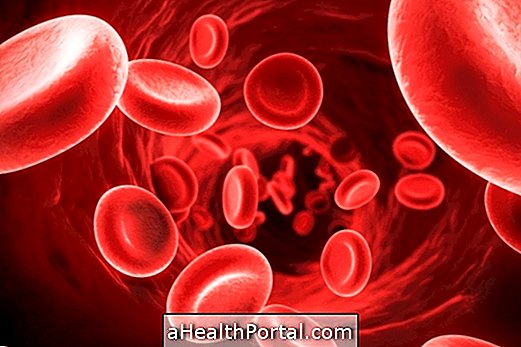
Reference values for hemoglobin
The hemoglobin reference values are:
- Children from 2 to 6 years: 11.5 to 13.5 g / dL;
- Children from 6 to 12 years: 11.5 to 15.5 g / dL;
- Men: 14 to 18 g / dL;
- Women: 12 to 16 g / dL;
- Pregnant: 11 g / dL.
These values may vary between clinical laboratories.
Causes of low hemoglobin
Low blood hemoglobin may indicate problems such as:
- Anemia;
- Cirrhosis;
- Lymphoma;
- Leukemia;
- Hypothyroidism;
- Renal insufficiency;
- Deficiency of iron and vitamins;
- Thalassemia;
- Porphyria;
- Bleeding;
- Medications to treat cancer and AIDS.
The low number of hemoglobin in the blood can cause symptoms such as frequent tiredness, shortness of breath and pallor, and the cause must be identified and treatment initiated according to medical advice.
Causes of high hemoglobin
High blood hemoglobin can be caused by:
- Use of tobacco;
- Dehydration;
- Pulmonary emphysema;
- Pulmonary fibrosis;
- Polycythemia;
- Kidney tumor;
- Use of anabolic or hormone erythropoietin.
High hemoglobin is characterized by symptoms such as dizziness, bluish-colored skin on the lips and fingertips, and in rare cases, temporary loss of vision and hearing.
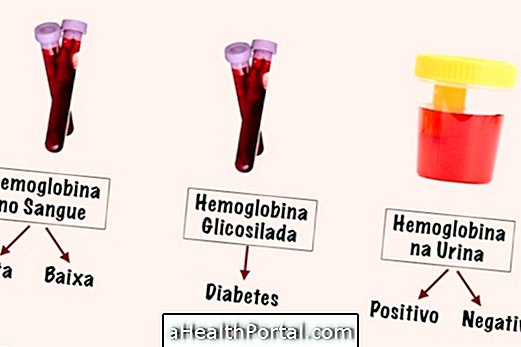
Glycosylated hemoglobin
Glycosylated hemoglobin, also called glycated hemoglobin, can be used to diagnose diabetes and evaluate the severity of this disease, but it is usually more commonly used to evaluate the treatment of diabetes that has been implemented during the past 3 months to see if it is necessary to do some adjustment. This hemoglobin is identified by blood test, with normal values of up to 5.7%.
Hemoglobin in urine
Hemoglobin in the urine, or hemoglobinuria, can be detected by urine examination, indicating problems such as kidney infection, malaria or lead poisoning, for example.

